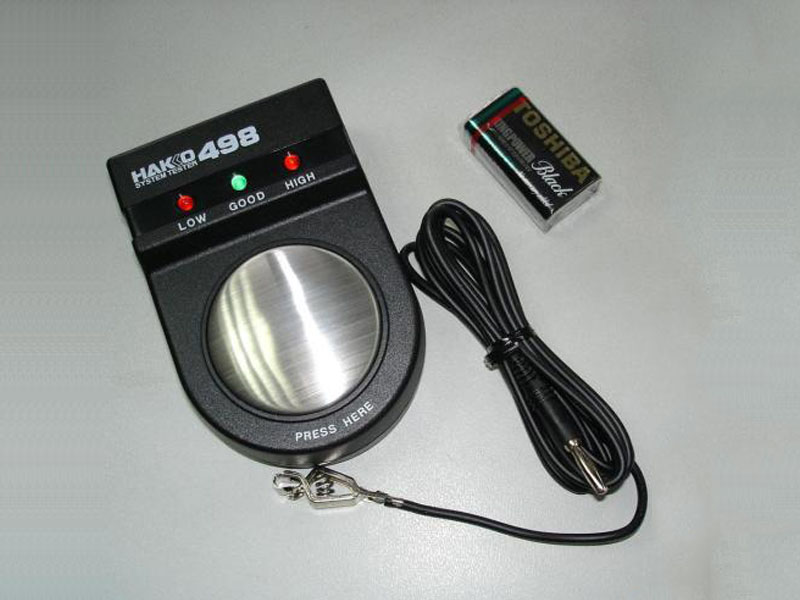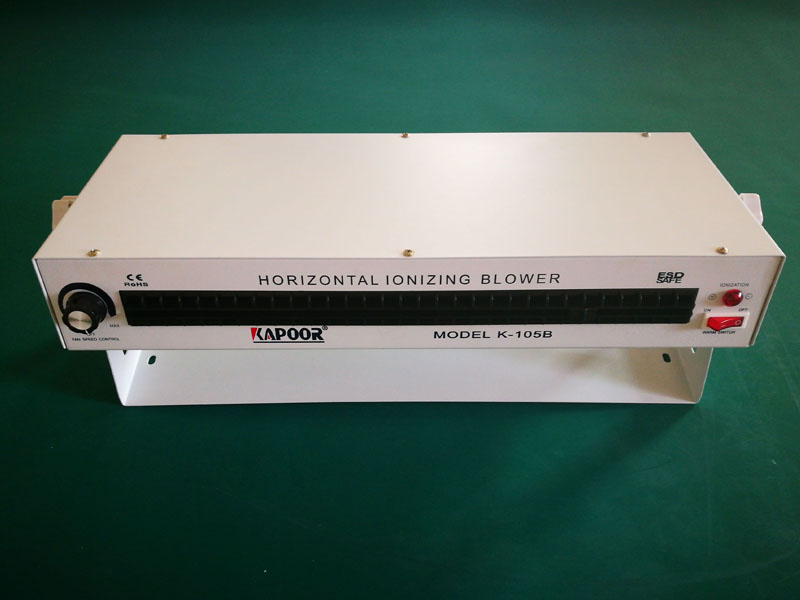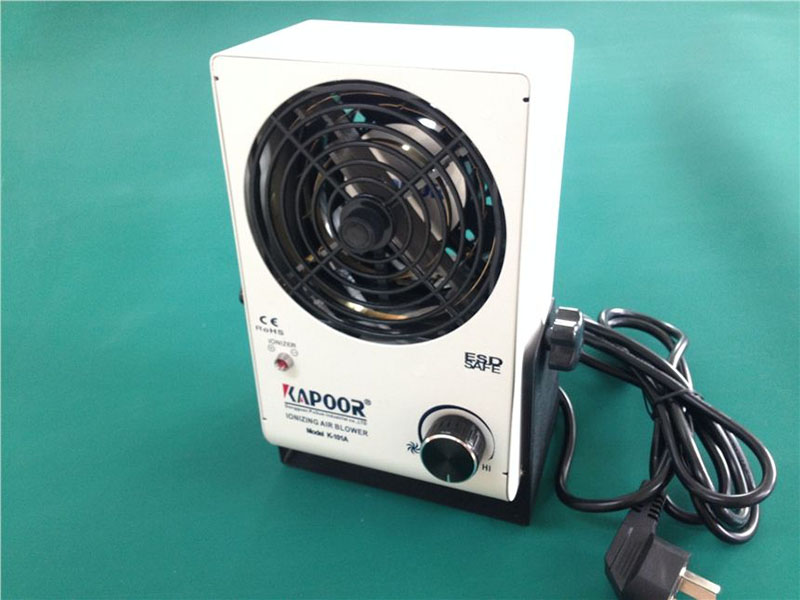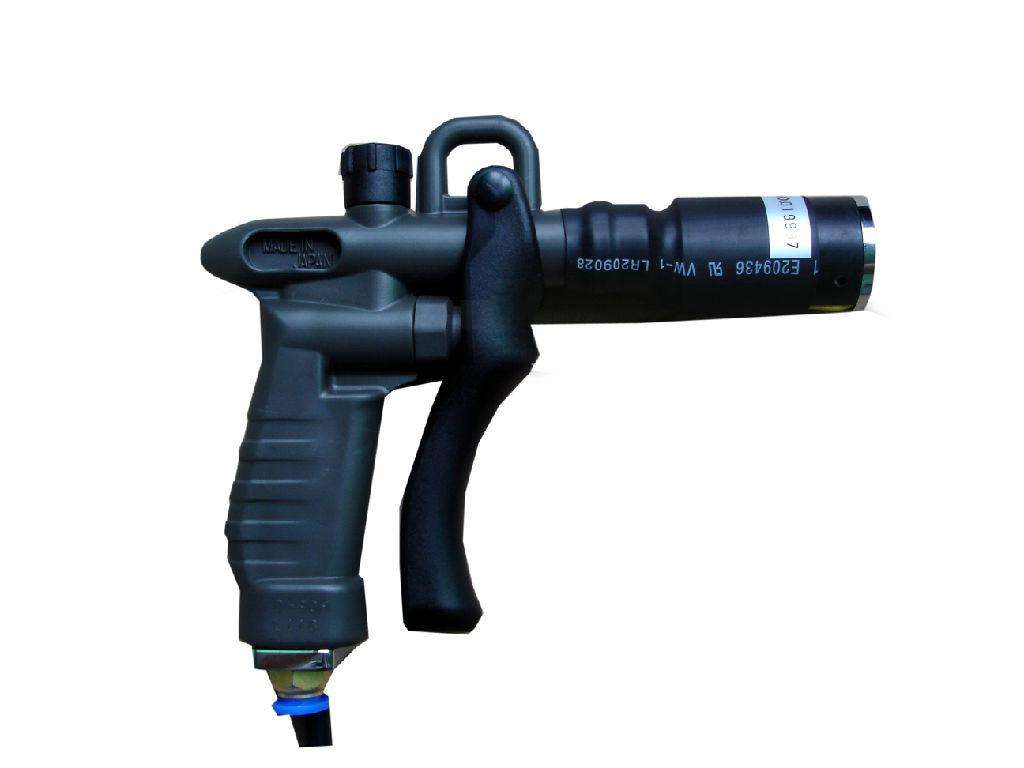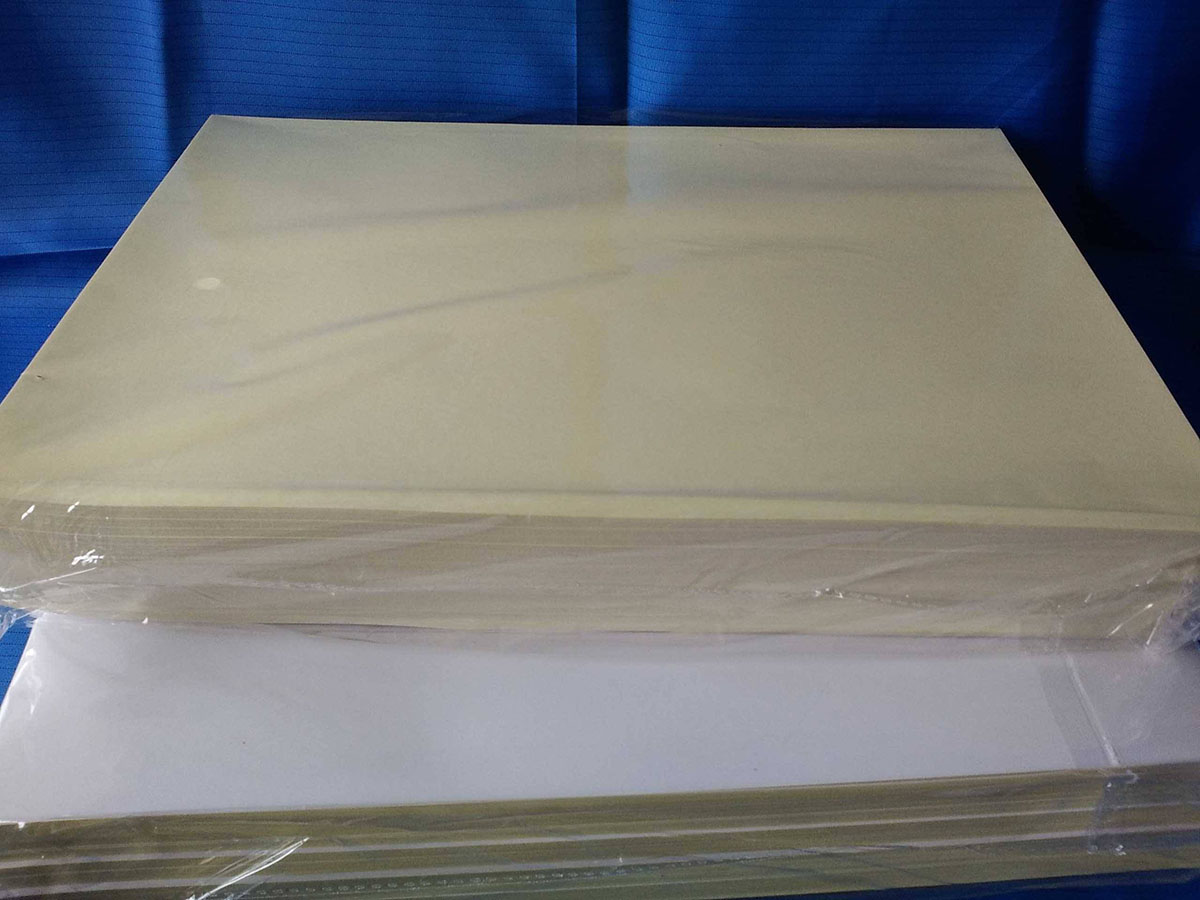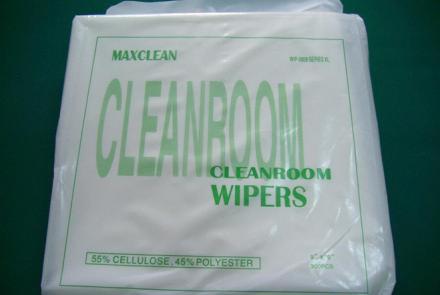Precautions for using anti-static gloves
When using anti-static gloves, you need to pay attention to the following six aspects:
1. There are many types of protective gloves, which should be selected according to the protective function. First of all, the object of protection should be clear, and then carefully selected. For example, acid-and-alkali-resistant gloves are resistant to strong acids (alkali), only to low-concentration acids (alkali), and are resistant to organic solvents and chemical reagents. Therefore, it cannot be misused to avoid accidents.
2. Waterproof, acid and alkali resistant gloves should be carefully checked before use to observe whether the surface is damaged. The simple method is to blow into the glove, squeeze the sleeve by hand, and observe whether there is air leakage. It cannot be used if air leaks.
3. Protective gloves such as rubber and plastic should be washed and dried after use. Avoid high temperature during storage. Sprinkle talcum powder on the product to prevent adhesion.
4. Insulating gloves should be regularly checked for electrical insulation performance. Those that do not meet the regulations cannot be used.
5. Exposure to strong oxidizing acids such as nitric acid, chromic acid, etc., will cause the product to become brittle, discolored, and damaged early due to strong oxidation. High concentrations of strong oxidizing acids may even cause burns, so pay attention to observe.
6. Latex industrial gloves are only suitable for weak acids, low concentration sulfuric acid and various salts, and must not be exposed to strong oxidizing acids (nitric acid, etc.).




